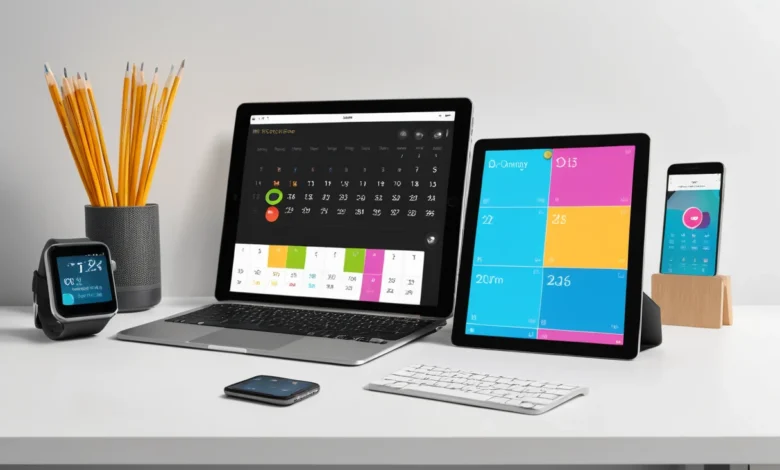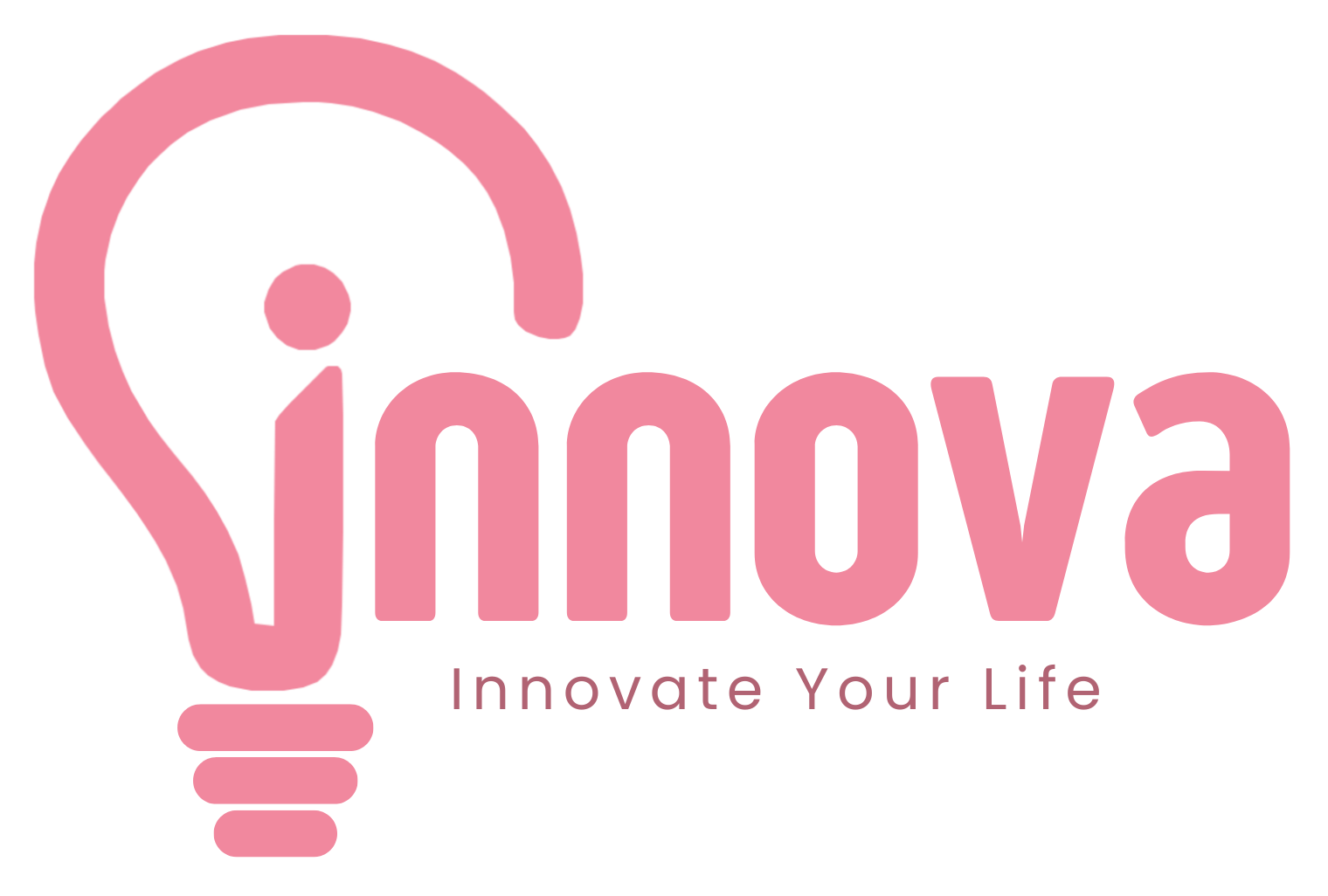How to Use Your Smart Device for Daily Reminders

In our fast-paced world, keeping track of tasks, appointments, and daily responsibilities can be challenging. Fortunately, smart devices have revolutionized how we manage our time and commitments, making it easier than ever to stay organized. In this article, we’ll explore effective strategies to utilize your smart device for daily reminders, enhancing your productivity and ensuring you never miss an important task.
1. Choose the Right Reminder App
The first step in using your smart device for reminders is selecting an app that suits your needs. Here are some popular options:
- Google Keep: Perfect for creating simple to-do lists and setting reminders based on time or location.
- Todoist: A robust task manager that allows you to categorize tasks and set recurring reminders.
- Apple Reminders: Ideal for Apple users, this app integrates seamlessly with other Apple services and allows for location-based reminders.
- Microsoft To Do: Offers collaboration features, making it easy to share tasks with others while setting personalized reminders.
2. Set Up Location-Based Reminders
One of the most powerful features of smart devices is the ability to set location-based reminders. For instance, you can configure your device to remind you to pick up groceries when you’re near the store or alert you to call a friend when you arrive at their neighborhood. This feature uses GPS technology to provide timely reminders based on your location, helping you make the most of your time.
3. Utilize Voice Assistants
Voice assistants like Siri, Google Assistant, and Alexa can make setting reminders even easier. Simply speak your reminder aloud, and your device will save it for you. For example, you might say, “Hey Siri, remind me to take out the trash at 7 PM,” or “OK Google, set a reminder to water the plants every Wednesday.” This hands-free approach saves time and ensures you don’t forget important tasks.
4. Create Recurring Reminders
Many tasks require regular attention, such as taking medication or paying bills. Set recurring reminders for these tasks in your reminder app. This feature allows you to specify how often you want the reminder to appear—daily, weekly, monthly, or at custom intervals. By automating these reminders, you can reduce mental clutter and focus on more pressing tasks.
5. Organize Reminders with Categories
To manage your reminders effectively, categorize them based on their nature or urgency. For instance, you might create categories for work tasks, personal errands, family commitments, and health-related reminders. Organizing your reminders this way makes it easier to prioritize tasks and quickly find what you need.
6. Use Timers and Alarms
In addition to reminders, smart devices can help you manage your time effectively with timers and alarms. Set a timer for focused work sessions or use alarms to remind you of specific appointments. For example, you could set a 25-minute timer for focused work followed by a 5-minute break using the Pomodoro Technique. This method enhances productivity and helps you stay on track throughout the day.
7. Integrate with Your Calendar
Most reminder apps can sync with your calendar, allowing you to see all your tasks and appointments in one place. By integrating reminders with your calendar, you can better manage your time and avoid scheduling conflicts. This holistic view helps you plan your day more effectively and ensures you don’t overlook any commitments.
8. Customize Notifications
Customize your reminder notifications to suit your preferences. Choose between different alert tones, vibration patterns, or visual cues to ensure you don’t miss important reminders. For example, you might prefer a gentle vibration for daily tasks and a loud alert for critical appointments. Personalizing notifications can enhance your response to reminders and keep you organized.
9. Review Your Reminders Regularly
Set aside a few minutes each week to review your reminders and tasks. This practice allows you to assess your progress, adjust upcoming reminders, and prioritize tasks for the following week. Regularly reviewing your reminders ensures you stay on top of your responsibilities and can adjust your plans as needed.
10. Experiment and Adjust
Finally, don’t be afraid to experiment with different apps, settings, and approaches to find what works best for you. Everyone’s organizational style is unique, and it may take some time to discover the optimal method for using your smart device for reminders. Stay flexible and adjust your system as your needs change.
Conclusion
Using your smart device for daily reminders can significantly enhance your productivity and organization. By selecting the right app, utilizing voice assistants, setting location-based reminders, and integrating with your calendar, you can streamline your daily tasks and ensure you stay on track. Embrace these strategies and watch your efficiency soar!





